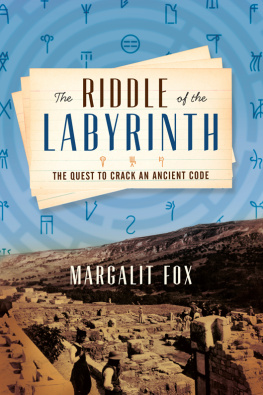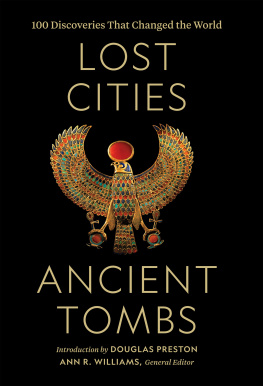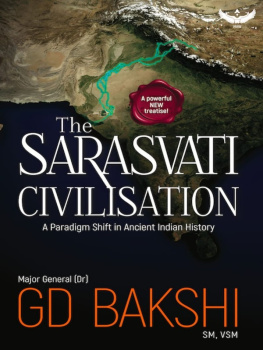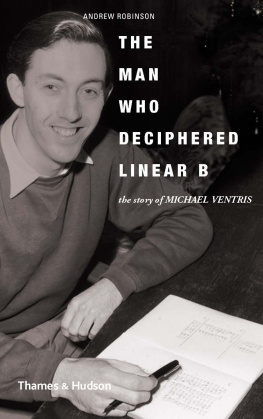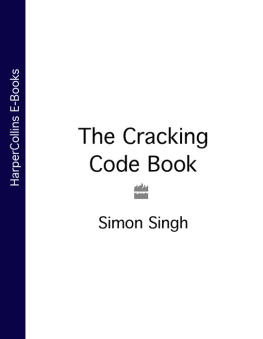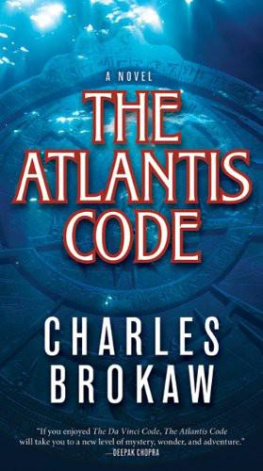
Talking Hands:
What Sign Language Reveals About the Mind

The mental features discoursed of as the analytical are, in themselves, but little susceptible of analysis. We appreciate them only in their effects. We know of them, among other things, that they are always to their possessor, when inordinately possessed, a source of the liveliest enjoyment. As the strong man exults in his physical ability, delighting in such exercises as call his muscles into action, so glories the analyst in that moral activity which disentangles.... He is fond of enigmas, of conundrums, of hieroglyphics; exhibiting in his solutions of each a degree of acumen which appears to the ordinary apprehension praeternatural. His results, brought about by the very soul and essence of method, have, in truth, the whole air of intuition.
EDGAR ALLAN POE,
THE MURDERS IN THE RUE MORGUE, 1841
CONTENTS
BOOK ONE
THE DIGGER
BOOK TWO
THE DETECTIVE
BOOK THREE
THE ARCHITECT
T HIS IS THE TRUE STORY of one of the most mesmerizing riddles in Western history and, in particular, of the unsung American woman who would very likely have solved it had she only lived a little longer. It is the account of the half-century-long attempt to decipher an unknown script from the Aegean Bronze Age, whose bare-bones name, Linear B, belies both its bewitching beauty and its inexorable pull.
I first encountered the tale of Linear B more than thirty years ago, as a moony adolescent, and it has lost none of its mystery or narrative power since. At its center was a set of tablets, buried for almost three thousand years and first unearthed only at the dawn of the twentieth century. Dating from the second millennium B.C., the tablets were inscribed with a set of prehistoric symbols like no writing ever seen. Despite the efforts of investigators around the globe, no one could discover what language they recorded, much less what the curious inscriptions said.
The decipherment of Linear B came to be considered one of the most formidable puzzles of all time, and for five decades, some of the worlds most distinguished scholars attempted without success to crack the code. Then, in 1952, the tablets were deciphered seemingly in a single strokenot by a scholar but by an impassioned amateur, an English architect named Michael Ventris. Young, dashing, and brilliant, Ventris had a long obsession with the tablets, a prodigys gift for languages, and, as I would later learn, a sorrowful history. His life, to my teenage self, was the stuff of high romance. Still more romantic was the fact that his great triumph culminated in tragedy: In 1956, just four years after solving the riddle, Ventris died at the age of thirty-four, under circumstances that remain the subject of speculation even now.
But as captivating as it was, the story I knewthe only story anyone knewwas incomplete. A major actor in the drama was missing: an American woman named Alice Elizabeth Kober. Working quietly and meticulously from her home in Brooklyn, Kober was by the mid-twentieth century the worlds leading expert on Linear B. Though largely forgotten today, she came within a hairs breadth of deciphering the script before her own untimely death in 1950.
Alice Kobers story is presented here in full for the first time. As her published papers and private correspondence make plain, it was she who built the foundation on which Ventriss successful decipherment stood, and it is clear that without her work Linear B would never have been deciphered when it was, if at all. In recent years, Kobers role in the decipherment has been likened to that of Rosalind Franklin, the English scientist now considered the unsung heroine of one of the most signal intellectual feats of the modern age, the mapping of the molecular structure of DNA by Francis Crick and James Watson.
What makes Kobers achievement especially striking is that she did her groundbreaking work entirely by handsitting night after night at her dining table with little more than paper and inkwithout the aid of IBM machines, as she dismissively called them. Yet for several reasons, not least among them that history is nearly always written by the victors, her contribution to the unraveling of Linear B has remained almost completely absent from the historical record.
Until now, only two slender histories of the decipherment have been published, The Decipherment of Linear B (Cambridge University Press, 1958), by John Chadwick, and The Man Who Deciphered Linear B: The Story of Michael Ventris (Thames & Hudson, 2002), by Andrew Robinson. Both of these lovely books are known primarily in Britain, and bothChadwicks especiallydevote comparatively little space to Kober. They could hardly have done otherwise: Kobers private writings, including her decade-long correspondence with other Linear B scholars, as well as her own painstaking analysis of the script, thousands of pages of documents in all, became available only recently. As a result, thanks to the newly opened archive of her papers at the University of Texas, this book can offer the first complete account of the decipherment. It is not meant to supplant either Chadwicks book or Robinsons, to both of which I am deeply indebted. Rather, it is meant to complement them, fleshing out the little-known American contribution to this captivating international puzzle.
I DONT LIKE the idea of getting paid for scholarly writing, Kober said in 1948. If I wanted to make money writing, Id write detective stories. That, as it turns out, is precisely what she was writing: Read today, her work is a forensic playbook for archaeological decipherment. The Riddle of the Labyrinth, which centers on the cryptanalytic process involved in unraveling an unknown script, is a paleographic procedural, following the work of Kober and others step by step as they solve a riddle that had defied solution for more than half a century.
This book is also an amplificationeven a refutationof the few, brief biographical sketches of Kober that have appeared in published accounts of the decipherment over the years. Because the writers had none of her personal correspondence on which to draw, they were obliged to conjure Kober whole from her few, rigorous published articles. As a result, these sketches inevitably leave the reader with the impression of a stern, humorless woman who had little passion for anything outside the serious enterprise of deciphering Linear B.
In the words of Ventris written after the decipherment, her approach was prim but necessary, Andrew Robinson has written in Lost Languages: The Enigma of the Worlds Undeciphered Scripts, published in 2002. To go further would require a mind like his that combined her perseverance, logic and method, with a willingness to take intellectual risks.
Kober was indeed cautious and methodical, but she was also, as her hundreds of letters amply attest, funny, self-deprecating, charming, and intensely concerned about practically everything. She moved through her short life with a quiet, burning ardorfor teaching, for learning, for the just treatment of her fellow human beingsthat belied her prim exterior and seemed born of what she evocatively called a feeling for the fitness of things. Her correspondence also makes clear that she did allow herself to entertain, privately, some intellectually risky approaches to the riddle of Linear B. Some of these, arrived at independently by Ventris after Kobers death, would bring about its solution.
Next page

